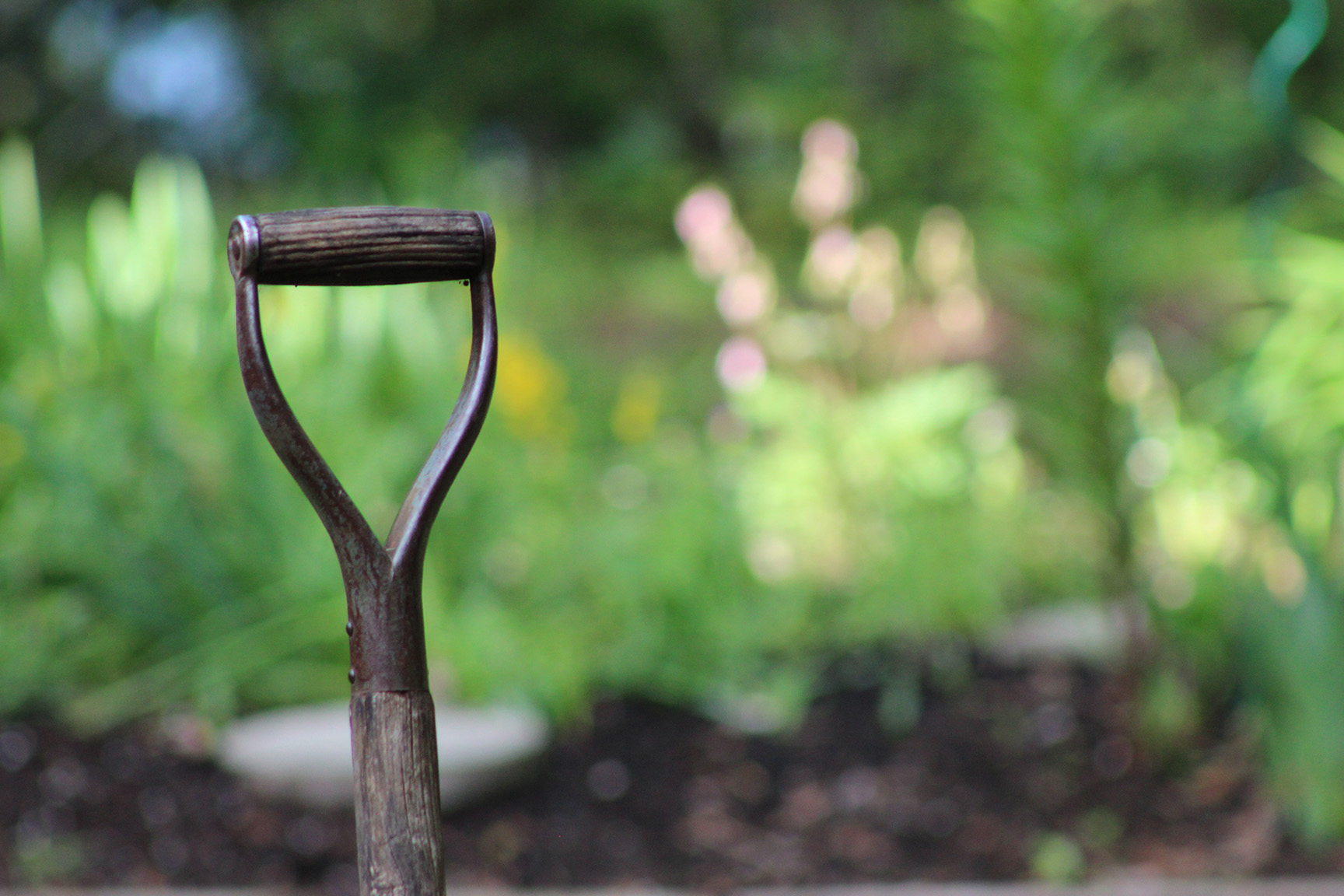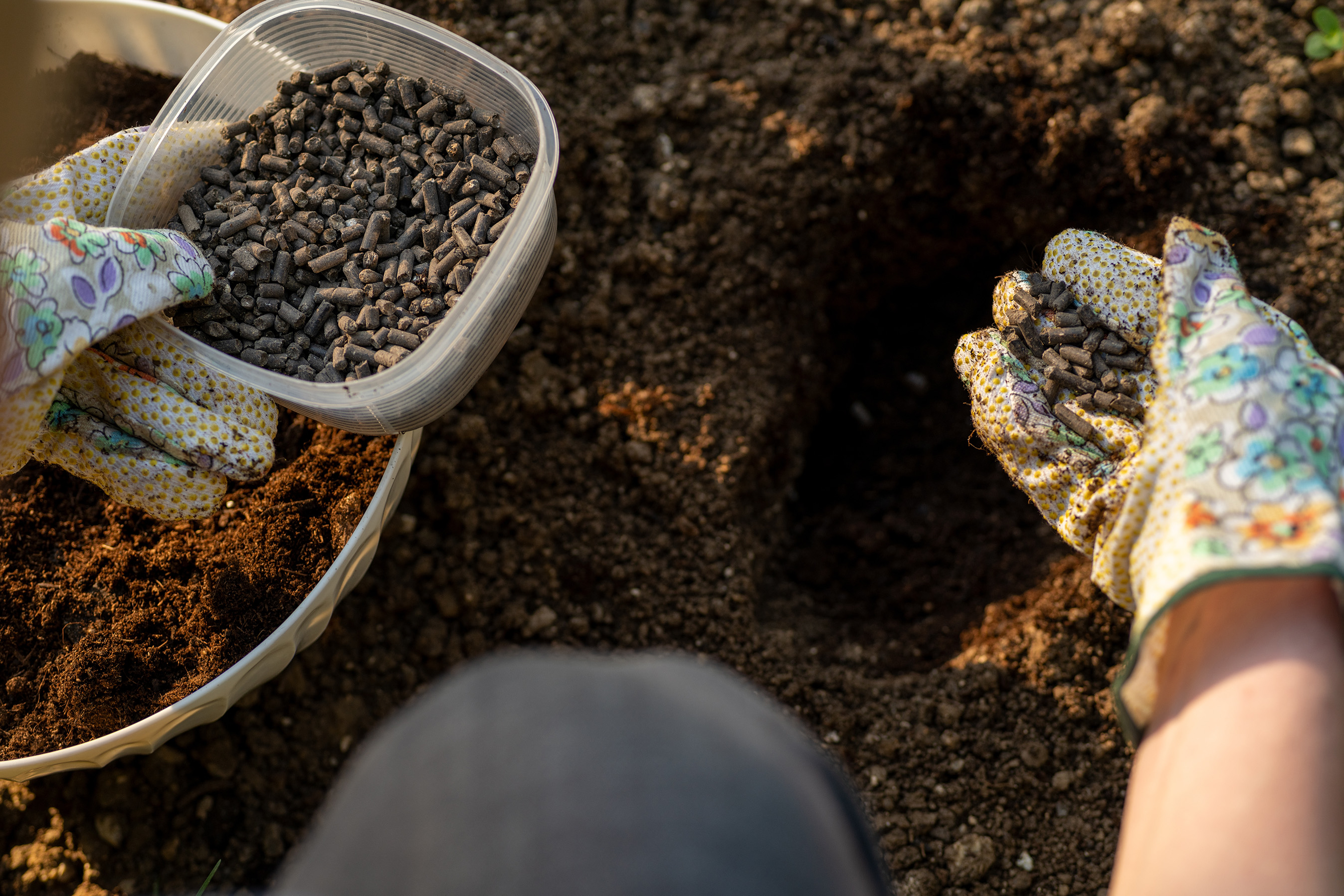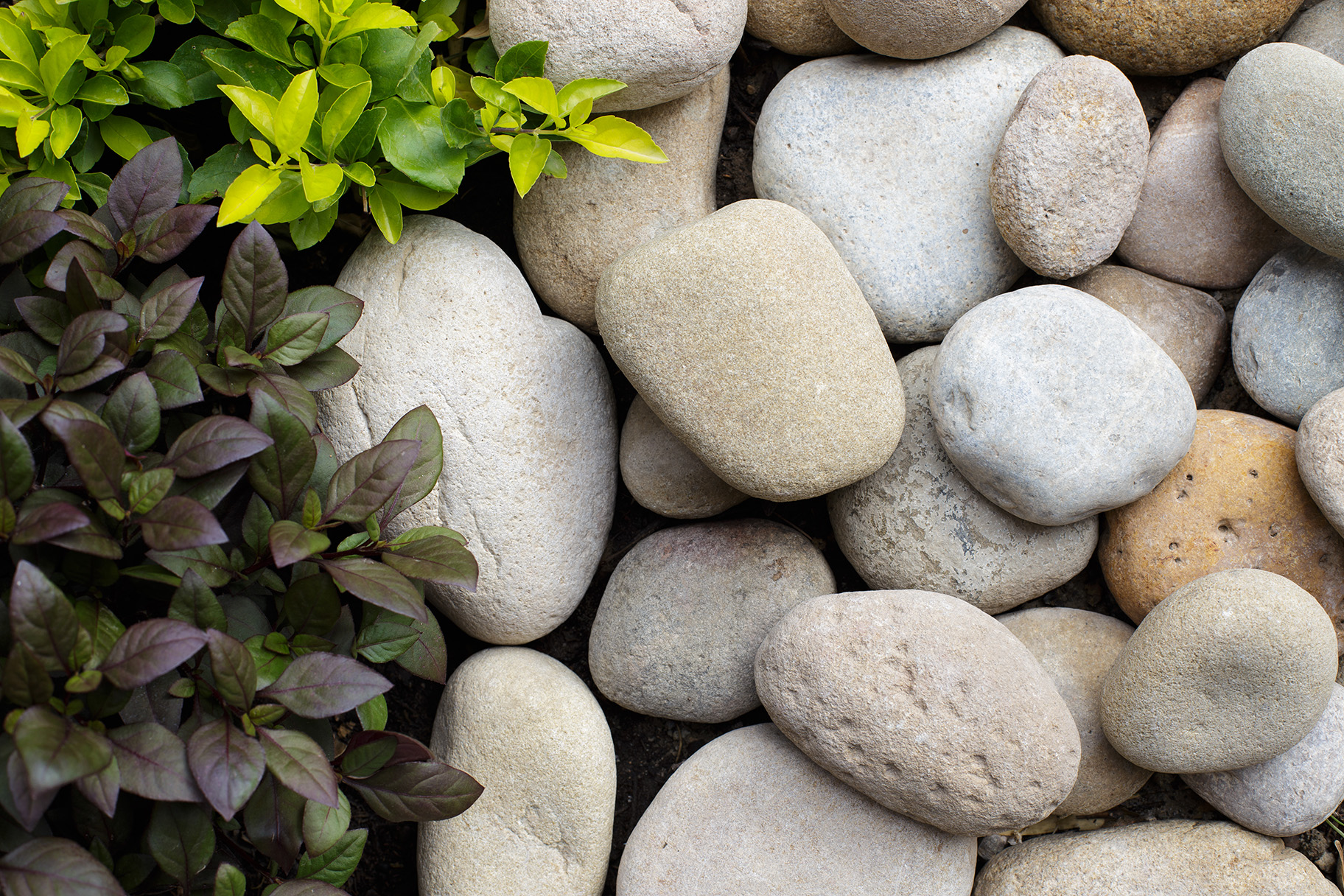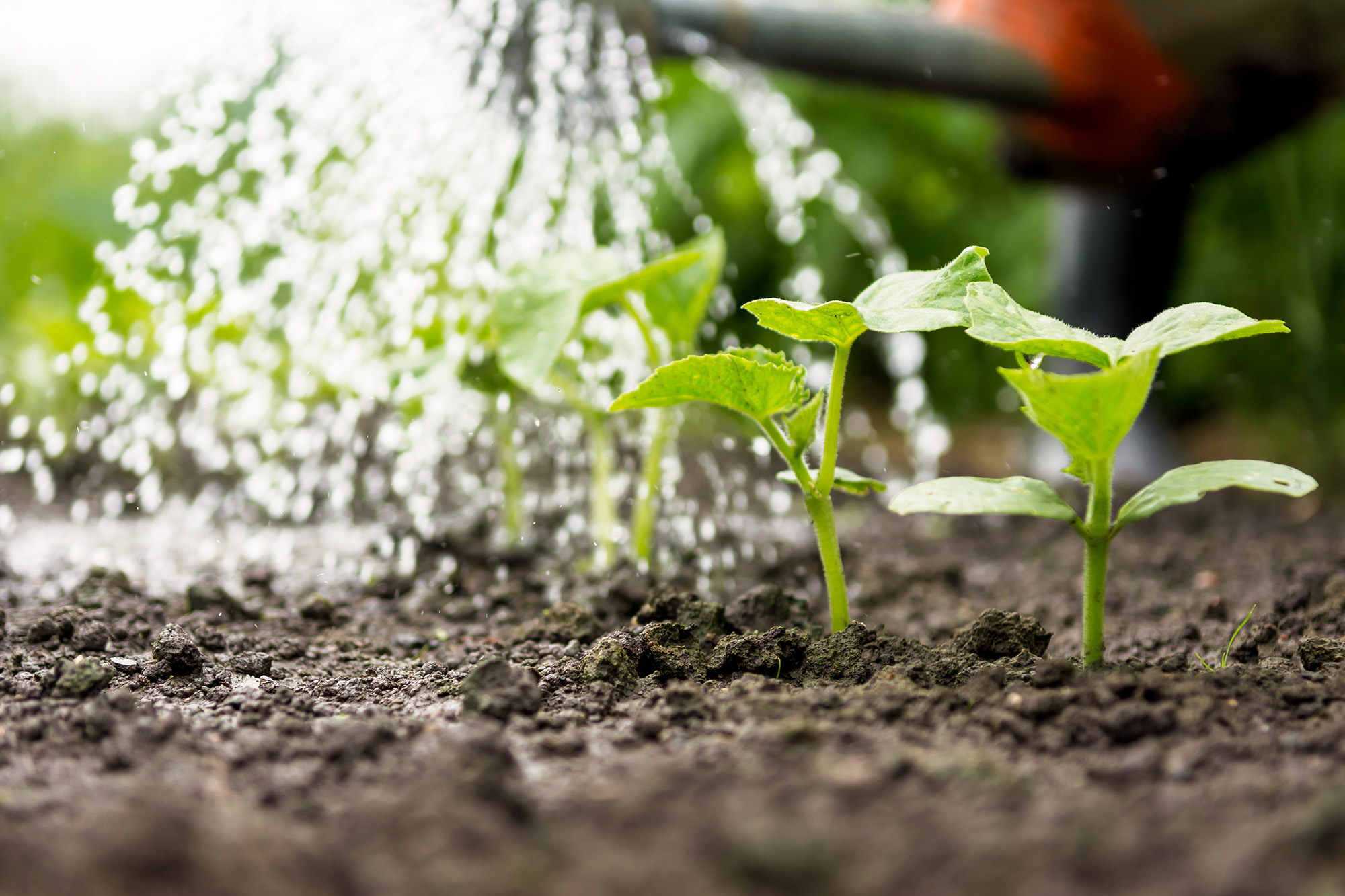It’s not just a beautiful garden––it helps protect the environment.
While rain gardens protect your yard and make them beautiful, they also help the environment by collecting storm water runoff and allowing it to soak into the ground.
Whenever it rains, storm water runs off surfaces and picks up pollutants––things like dirt, fertilizer, oil, garbage, and bacteria––which enter our storm drains that lead to nearby streams, and eventually, our oceans. This pollutant-laden water poses many threats to our environment, including flooding, erosion, clogged waterways, and pollution.
Often made of native shrubs, grasses, and flowers, rain gardens can remove up to 80% of sediments from rainwater runoff by collecting rainwater from your roof and allowing it to soak into the ground. These gardens are not only beautiful, but building one is an easy, cost-effective way to help reduce runoff from your property.
Here’s how to build your own:
Materials Required:
- Wheelbarrow
- Spade
- Level
- Boulders and rocks (decorative)
- PVC pipe
- Native plants and grasses
- River rock
- Landscape Fabric
Picking your Site
Your rain garden should be situated away from your home in a low spot in your yard (this location should be somewhere that typically collects water after a heavy rainfall). There should be a natural slope leading from the drainage area to the rain garden.
Digging the Garden
Once you’ve located a site, call the Hawaii One Call Center at 811 or (866) 423-7287 to ensure your garden will be in safe spot! Once you’ve determined the perfect position, dig a shallow depression about 6 inches deep. Fill the depression with water, and time how long it takes for the water to absorb. When the hole is full with rain, it should drain within 24 hours. If the hole is draining properly (about ¼-1/2 inch per hour), then you can move on!
To choose how large the garden will be, a general rule of thumb is that the garden should be about 1/10 of the size of your home’s roof. So, if your roof is 600 square feet, the area of the garden will be about 60 square feet (however, it’s okay to vary in size)! When digging, make sure to leave a berm (a raised mound or area of dirt) to prevent overflow on the lowest side of the garden. Once you’ve dug the garden, carve a shallow path from your rain garden to your downspout. Lay river rock along the path.
Creating Your Garden
Add soil, sand, and rocks to your garden. Once it’s filled, choose native plants, grasses, and sedges to plant. Be sure to mix native ornamental grasses in with your plants to ensure that the garden has a strong root mass!
You’ll also want to choose plants that have “average to moist” water requirements and position them in the deepest parts of your rain garden. Plants that require consistently high-moisture conditions may not be optimal for rain gardens since they are designed to drain within 24 hours. However, keep your local climate in consideration when selecting plants and opt to use native plants since they are accustomed to weather patterns in your area.
Decorating Your Garden
When choosing the plants, consider the height, color, and bloom time. Once everything is planted, add decorative rocks around your garden and get creative!
Maintaining Your Rain Garden
Once you’ve created your garden, water it about once a week for the first year. Once they’re well established, your garden should thrive without additional watering! Like any landscaping features, routine maintenance like weeding is also recommended. If the site receives a lot of sediment runoff, you might also need to clean it out occasionally to prevent any accumulation of soil or debris that will alter the drainage rate or pattern of the earthen depression.
Rain gardens are not only a great way to improve your yard, but creating them can help alleviate pollution in our waterways. Preventing storm water pollution by building rain gardens is just one simple and fun way that we can help our environment!
Sources:
Environmental Protection Agency – Soak Up the Rain: Rain Gardens
Department of Energy and Environment – Why is Stormwater a Problem?
Gardener’s Supply Company – How to Build a Rain Garden
Groundwater Foundation – All About Rain Gardens
United States Environmental Protection Agency – Soak Up the Rain: Rain Gardens





